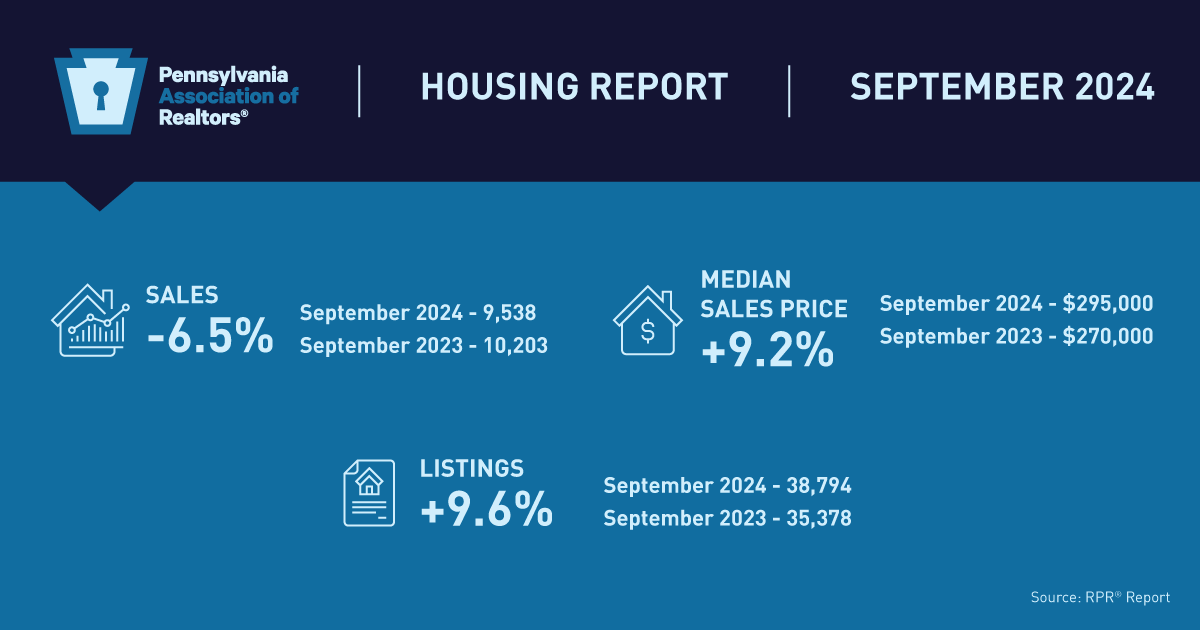What Waiving the Mortgage Contingency Really Means

In a seller’s market where multiple offers and bidding wars are frequent, much like we have been in for most of the last year, buyers will often seek ways to make their offers more competitive in hopes of having their offer accepted. Waiving the mortgage contingency is one common strategy, which has raised a lot of questions to PAR about the consequences of waiving this contingency.
The Agreement of Sale (Form ASR) designates various exit ramps from a transaction, most intended for buyers, with a few intended for sellers. Offers with fewer designated exit ramps for buyers can be viewed as stronger offers by sellers. When properly taken, these exit ramps generally result in the return of the deposit to the buyer. One example of a buyer’s exit ramp is the ability to terminate during the inspection contingency following receipt of an inspection report.
Another potential buyer exit ramp is the mortgage contingency. When elected, the mortgage contingency makes buyer’s obligation to settle dependent on obtaining mortgage financing. If mortgage financing does not come through by the settlement date, a buyer has a potential toll-free exit ramp from the transaction.
However, there appears to be significant confusion on the impact and consequences of a buyer waiving the mortgage contingency. Many agents and sellers wrongly believe that a buyer waiving the mortgage contingency means it is a cash deal.
Plainly stated, waiving the mortgage contingency has no effect on whether a buyer is allowed to obtain mortgage financing to complete the purchase. The waiver language in Paragraph 8 of the Agreement of Sale states that a “buyer may obtain mortgage financing and/or the parties may include an appraisal contingency.” A buyer waiving the mortgage contingency only closes buyer’s potential toll-free exit ramp from the transaction if mortgage financing does not come through by the settlement date.
Waiving the mortgage contingency also has no impact on whether a buyer can obtain an appraisal of the property. The mortgage contingency is found in paragraph 8 of the standard Agreement of Sale. Seller’s duty to cooperate with inspections, appraisals and the like is found in paragraph 12(A)(1). Nothing in paragraphs 8 nor 12 condition buyer’s ability to obtain an appraisal on whether the mortgage contingency is elected or waived.
The guidelines to the Agreement of Sale explain that waiving the mortgage contingency is appropriate when a buyer is proposing a cash transaction or when a buyer does not want the protections of the mortgage contingency. A note in the guidelines reiterate that even if waiving the mortgage contingency “a buyer may still be getting a mortgage and the seller would need to cooperate.”
At the end of the day, it is important to just read the Agreement of Sale without reading in, nor excluding, anything terms, duties or obligations onto the parties. When a buyer waives the mortgage contingency, the only impact is it closes a buyer’s potential right to exit the transaction if financing does not come through by the settlement date.
Topics
Share this post
Member Discussion
Recent Articles
-
Winter Maintenance: Chimney and Heating Tips
- October 23, 2024
- 3 min. read
Experts share their insights and advice for the maintenance of chimneys and HVAC systems.
-
Pennsylvania Median Home Sales Price Dips Slightly, More Listings Hit the Market
- October 22, 2024
- 2 min. read
The Pennsylvania Association of Realtors®’ September housing market report shows home prices have come down a bit, but the good news is there are more homes on the market.
-
Generation E(xpat)? More Gen Z, Millennials Moving Abroad
- October 21, 2024
- 1 min. read
A recent survey showed 87% of Gen Z and millennial workers were planning on becoming digital nomads – people who work remotely while traveling.
Daily Emails
You’ll be the first to know about real estate trends and various legal happenings. Stay up-to-date by subscribing to JustListed.



